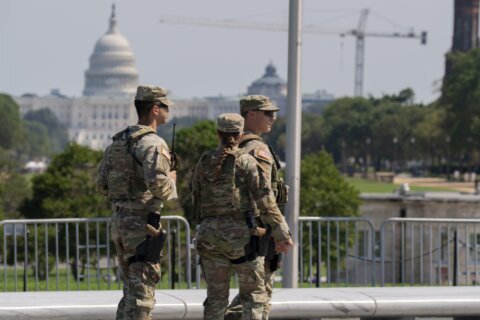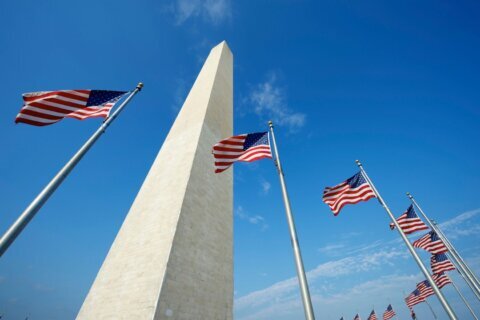There are thousands of jobs and millions of dollars in revenue at stake if Capital One Arena hosts fewer events as a result of the Washington Capitals and Wizards moving to Northern Virginia, according to a new analysis from the D.C. Policy Center.
When the Capital One Arena opened in 1997, it resulted in growth around the facility, the report found. At the time, there were 14 residential buildings within half a mile of the arena and since then, the city has added 28 new ones.
As the neighborhood developed, its employment growth outpaced the rest of the city until the pandemic in 2020. For one, there were 69 restaurants within a half-mile of the arena in 1999, and since then, 139 others have opened. However, currently, there are only 98.
If the arena isn’t as much of a destination, some businesses could move or close. Some already did in the aftermath of the pandemic, and further closures could result in the loss of up to 2,250 jobs and $76 million in annual sales, the analysis found.
Last week, Virginia Gov. Glenn Youngkin and Monumental Sports CEO Ted Leonsis announced plans to move the teams to the Potomac Yard neighborhood of Alexandria. Those plans depend on several additional steps, including approval from the Alexandria City Council and Virginia General Assembly.
“Losing an anchor like the arena, it’s going to impact all the other small businesses, retail and restaurant entities around the arena,” Yesim Sayin, executive director of the D.C. Policy Center, said. “We’ve already seen (a) decline in these activities.”
Without the arena getting used frequently, there could be more crime in the city’s Chinatown neighborhood, Sayin said.
“If there’s less foot traffic, I think we’re going to see even worse outcomes for public safety,” she added.
While Sayin described the possibility of the sports franchises moving to Virginia as “bad news,” she said it “does not have to define the future of D.C.’s downtown or the city.”
D.C. has multiple advantages compared to other jurisdictions, she said, including one level of government that’s in charge of things such as schools, police and firefighters. That enables the city to “have a holistic approach to policy because we can identify and take advantage of interdependencies,” Sayin said.
Downtown D.C. also has publicly owned assets that can be redeveloped with help from the federal government and private entities, Sayin said. The city has taken that approach before in developing The Wharf and other neighborhoods.
“It’s a teachable moment for the city,” Sayin said. “We have to really prioritize economic growth and opportunity.”
More information about the analysis is available online.








